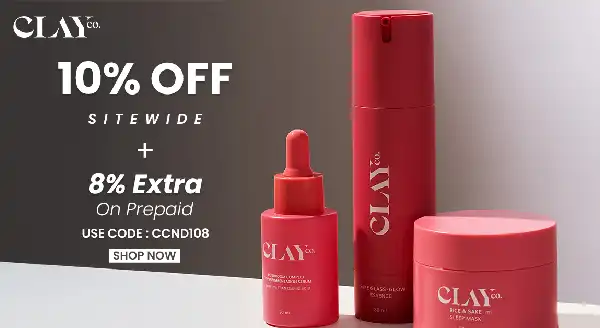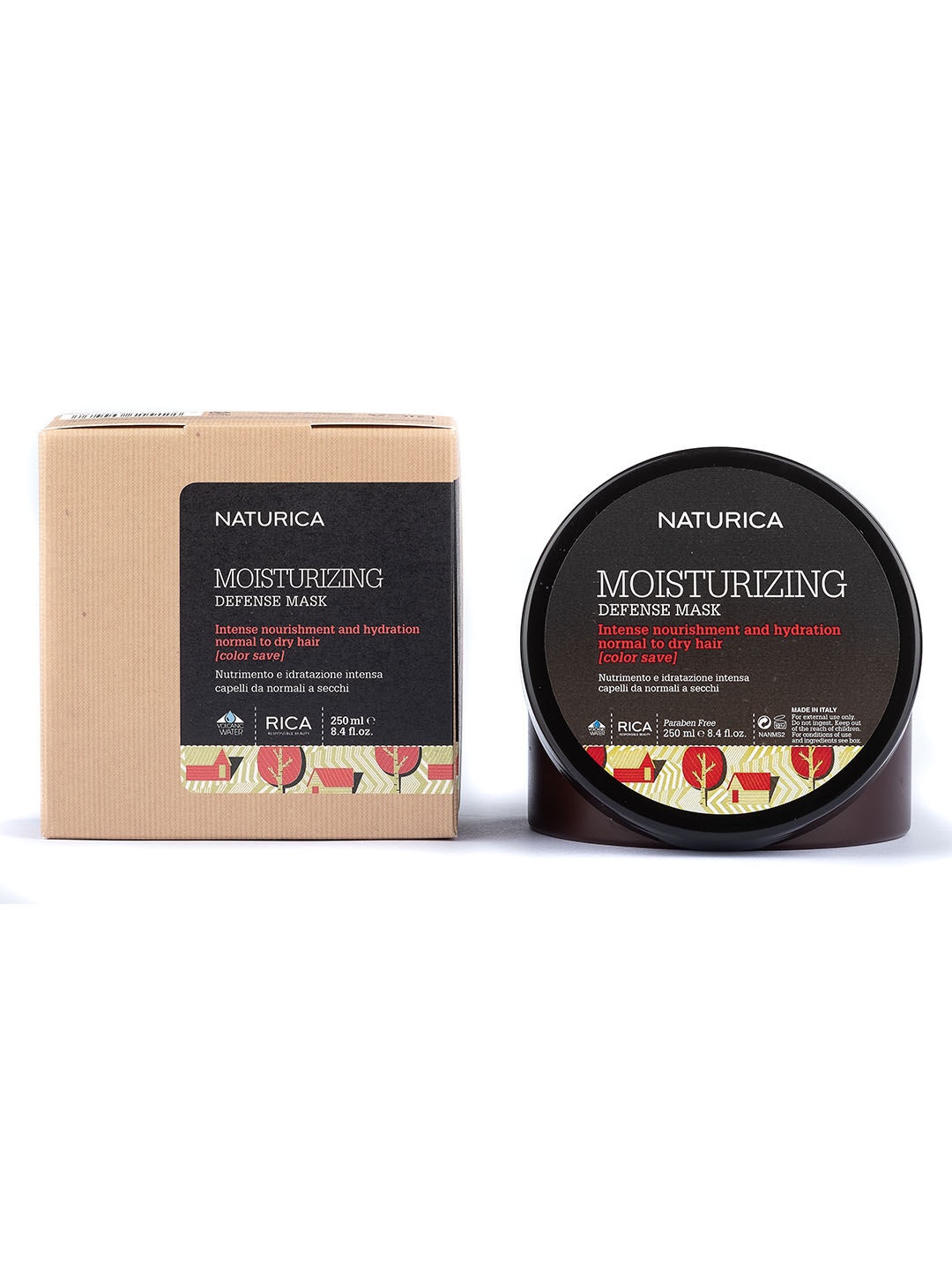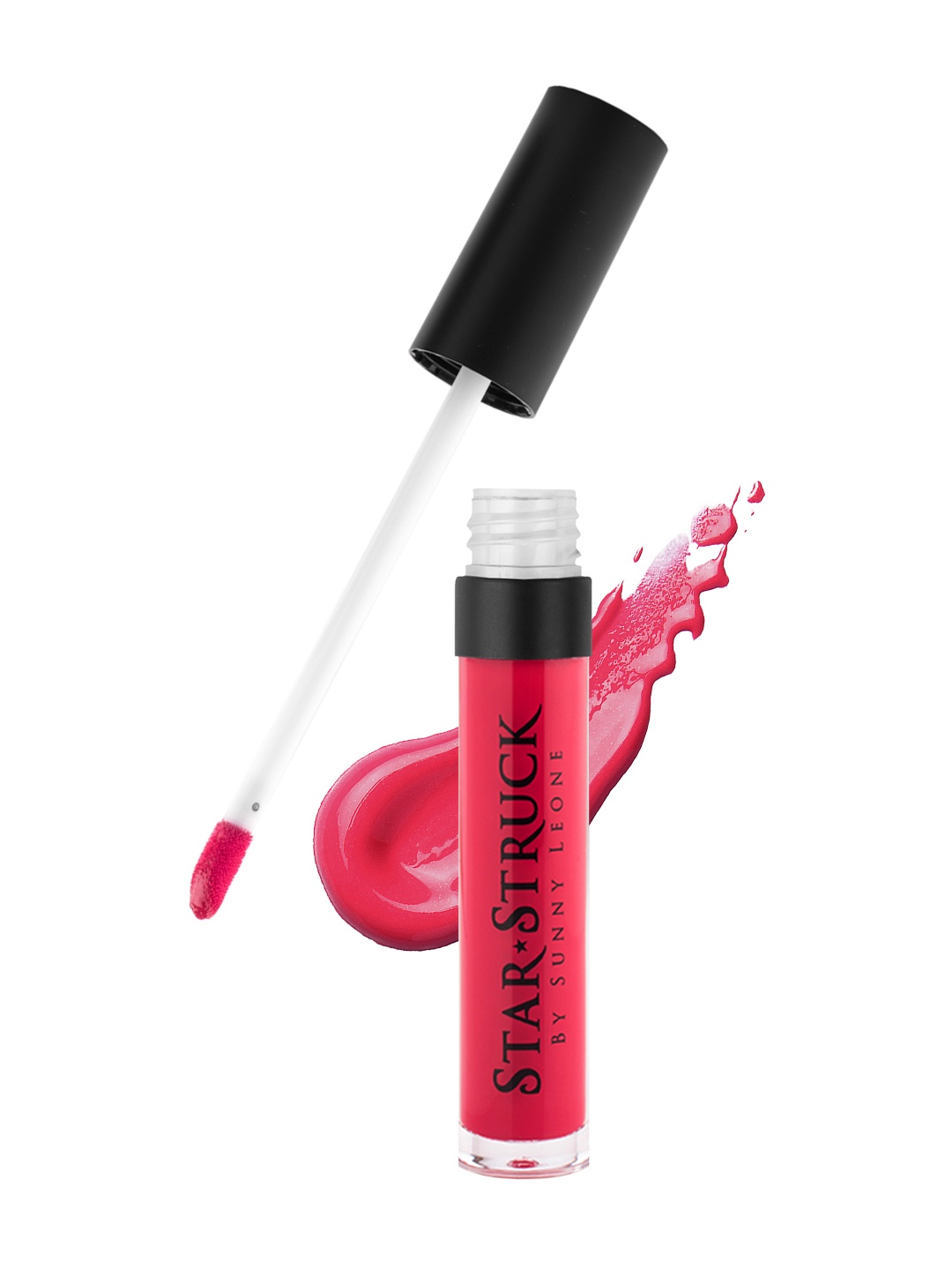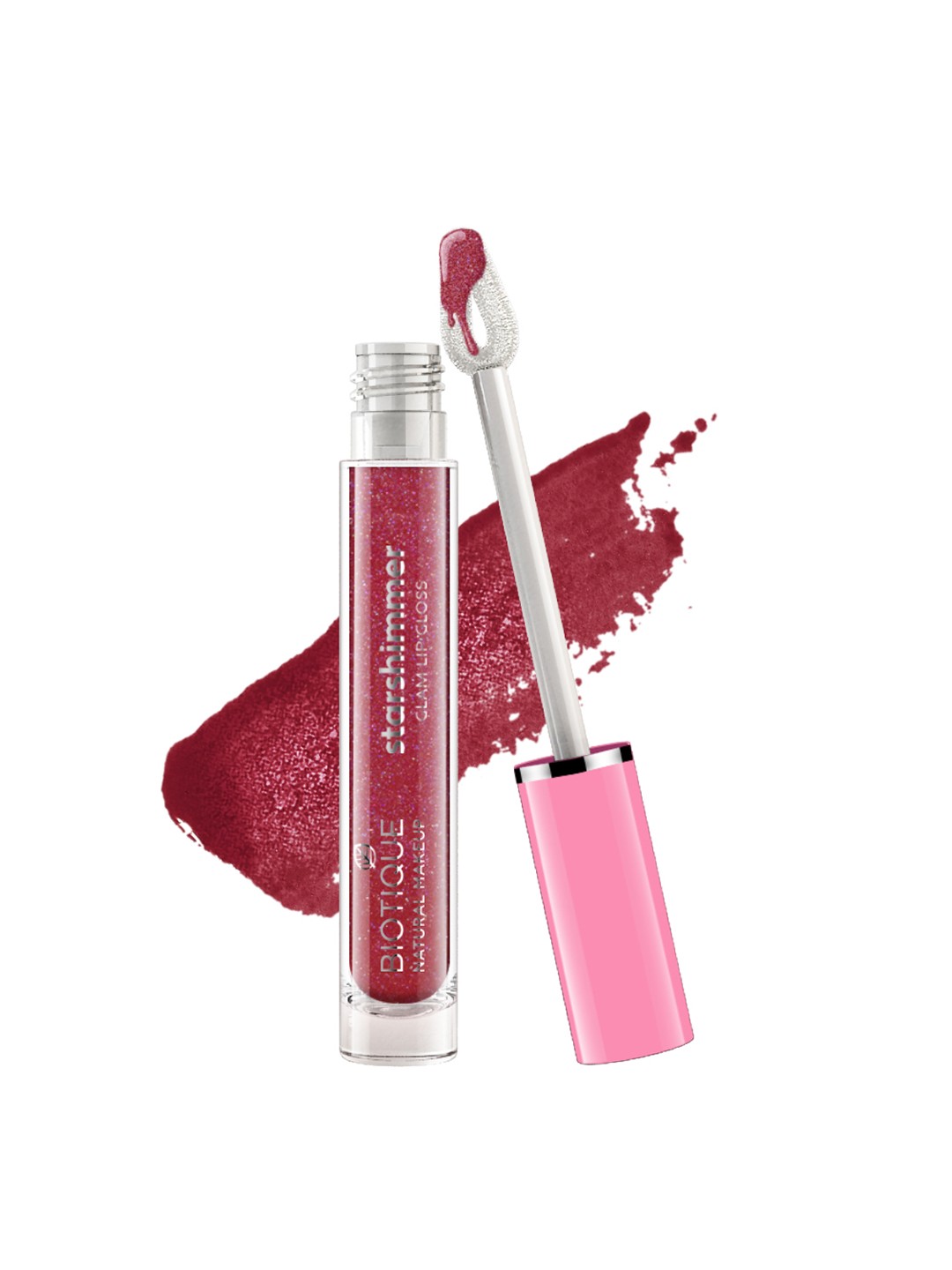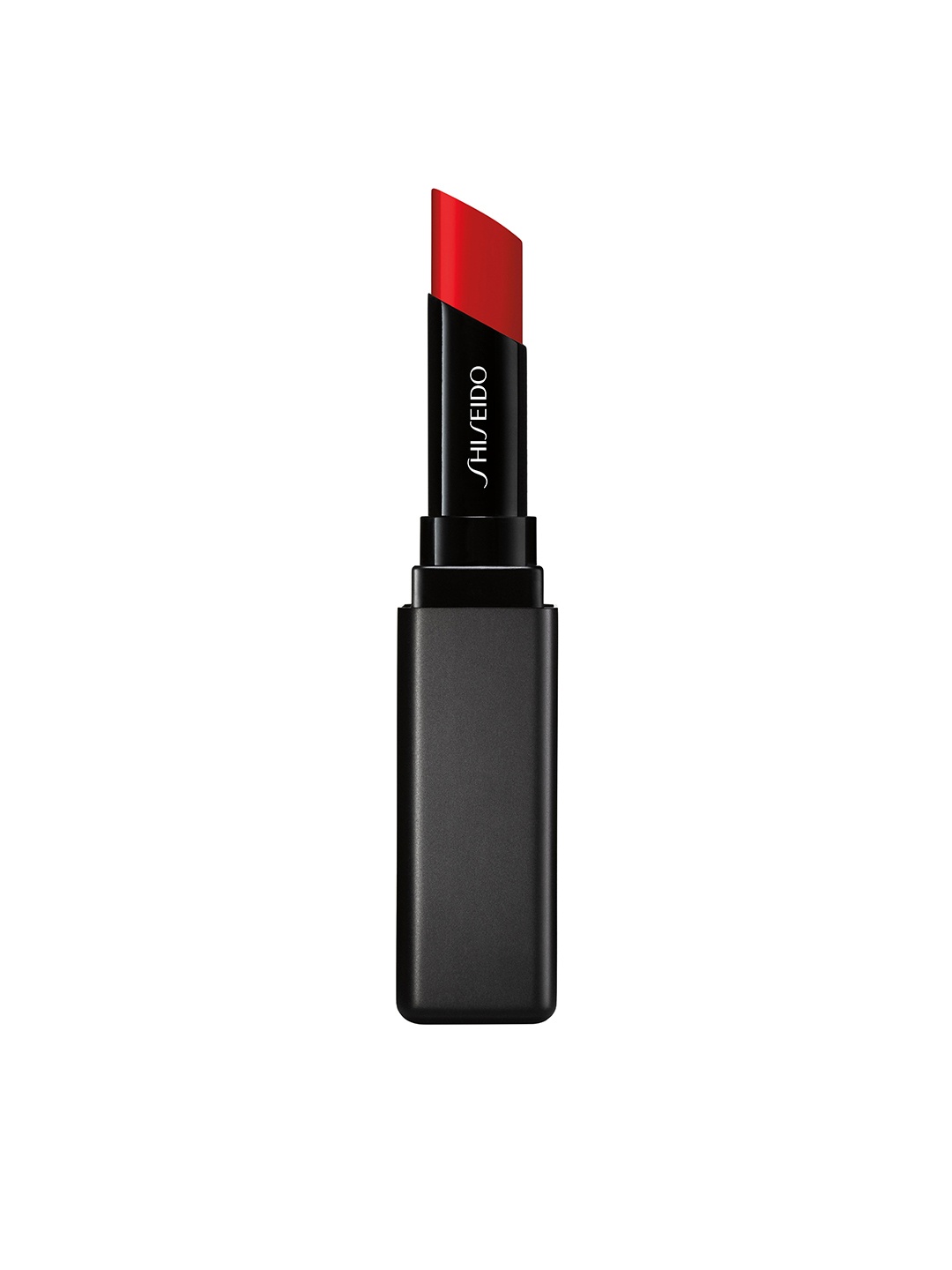What Is Low Porosity Hair? These Top 6 Products We Tested Can Help Prevent Greasy-Looking Strands
Ever wondered why your hair feels like it resists moisture but still looks greasy? Low porosity hair could be the culprit. Discover what it means, why it happens, and the top 10 products we’ve tested that can transform your hair care routine.

What Is Low Porosity Hair? These Top 6 Products Can Prevent Greasy Hair
Hair care isn't a one-size-fits-all endeavour. Every strand tells a unique story, and understanding your hair's specific needs is the key to better hair days. Low porosity hair, with its tightly bound cuticles, poses a unique challenge: it resists moisture while making products prone to sitting on the surface. The result? Hair that looks greasy and weighed down but feels anything but hydrated. If this feels all too familiar, you're not alone. We've put in the time and effort to test and find solutions that truly work. In this guide, you'll learn about the ins and outs of low porosity hair, and discover 10 standout products that will help you achieve soft, shiny, and healthy strands without the unwanted greasy look.
1. What Is Low Porosity Hair?
Low porosity hair is a type of hair structure where the cuticle layers are tightly packed together, creating a barrier that's resistant to moisture. Imagine a roof with perfectly overlapping tiles — rainwater simply slides off instead of seeping in. That's what happens with products and water on low-porosity hair. They bead up and sit on the surface, leaving hair feeling dry even when it looks oily.
The good news is that understanding this hair type can empower you to make smarter product choices. Instead of fighting against it, you'll learn how to work with your hair's natural tendencies to keep it nourished, smooth, and manageable.
2. Signs Your Hair Might Be Low Porosity
Spotting low-porosity hair isn't as tricky as it seems. Here are some telltale signs:
- Water beads up and rolls off your hair during washing instead of soaking in.
- Products like oils and conditioners seem to sit on your strands rather than absorb.
- Your hair feels dry despite regular moisturising.
- It takes a long time to air-dry after washing.
- Hair treatments like colouring or deep conditioning don't yield noticeable results.
One simple test involves placing a strand of clean hair in a glass of water. If the strand floats instead of sinking, you likely have low-porosity hair. Recognising these signs is the first step to building a routine that works for your hair's unique needs.
3. Why Low Porosity Hair Looks Greasy
Greasy-looking hair is a common complaint among people with low porosity strands. The reason? Products that aren't absorbed linger on the surface, creating an oily, sticky layer that's all too noticeable. It's not that your hair is overproducing oil; it's simply that the products aren't being absorbed properly.
Imagine applying lotion to a waterproof jacket. No matter how much you rub, it won't soak in—it just sits there, creating a shiny, greasy film. The key to combating this issue lies in selecting lightweight, water-based products designed to penetrate low-porosity hair without leaving residue.
4. The Power of Clarifying Shampoos
Clarifying shampoos are a must-have for anyone with low-porosity hair. They help remove the stubborn buildup that regular shampoos can't tackle, giving your hair a fresh start. Over time, product residue and natural oils accumulate, making hair look dull and lifeless. A clarifying shampoo sweeps away these impurities, ensuring your strands are clean and ready to absorb moisture.
We've tested Anomaly Clarifying Shampoo, a sulphate-free clarifying shampoo enriched with botanical extracts. It left our hair feeling clean without the dryness often associated with clarifiers. Used once a week, this shampoo sets the stage for the rest of your routine to work its magic.
5. Lightweight Leave-In Conditioners Are Your Friend
Heavy, creamy conditioners can easily overwhelm low-porosity hair, leaving it limp and greasy. Instead, opt for lightweight leave-in conditioners that deliver just the right amount of moisture without excess weight. These formulas are designed to hydrate and smooth your hair while minimising buildup.
Bare Anatomy HydraFuse Technology Anti-Frizz Leave-In Conditioner stood out for its silky, featherlight texture and quick-absorbing formula. It's perfect for adding softness and managing frizz without leaving hair feeling sticky or weighed down. Apply a small amount to damp hair and let it work its magic.
6. Heat: The Secret To Better Absorption
Heat is a game-changer for low-porosity hair. It helps lift the tightly packed cuticle layer, allowing moisture and nutrients to penetrate more effectively. Whether it's using a heat cap during deep conditioning or simply wrapping your hair in a warm towel, heat can significantly improve the results of your hair care routine.
When we paired Be Bodywise Deep Moisturising, a deep conditioning mask, with gentle heat, the difference was undeniable. Hair felt softer, more hydrated, and more manageable. Incorporating heat into your routine doesn't have to be complicated even a quick blast from your hairdryer can help.
7. Styling Gels That Won't Weigh You Down
Styling products can be tricky for low-porosity hair. Many gels and creams leave behind a sticky residue that exacerbates buildup. Water-based gels are the ideal solution. They provide hold and definition without adding unnecessary weight.
ARATA Advanced Curl offers excellent curl definition and hold without the crunchiness or residue typical of traditional gels. Whether you're rocking curls or opting for a sleek look, this gel delivers a polished finish without compromising on softness.
8. Oils That Work For Low Porosity Hair
Not all oils are suitable for low-porosity hair. Heavy oils like coconut or castor oil tend to sit on the surface, adding to the greasy look. Instead, lightweight oils such as argan, grapeseed, or jojoba are excellent choices. They're fast-absorbing and add shine without weighing your hair down.
Colorbar Unisex Earth C7 Argan Oil was a standout in our tests. Just a few drops provided a subtle, healthy sheen and sealed in moisture beautifully. Remember, less is more when it comes to oils for low-porosity hair.
9. Protein Treatments: Yay or Nay?
Protein treatments can be a double-edged sword for low-porosity hair. While they're essential for strengthening, too much protein can lead to stiffness and brittleness. The key is moderation. Choose lightweight protein treatments that restore elasticity without overloading.
We tested Schwarzkopf PROFESSIONAL Bonacure Frizz Away Treatment Hair Mask, a balanced formula that left our strands feeling resilient and flexible. Using it once a month provided noticeable improvements in texture and strength.
10. Avoiding the Pitfalls: Dos and Don'ts
Navigating low-porosity hair care can feel like a minefield, but a few simple dos and don'ts can make all the difference:
- Do: Use lightweight, water-based products designed for low-porosity hair.
- Don't: Layer multiple heavy products; it's a surefire way to create buildup.
- Do: Incorporate occasional apple cider vinegar rinses to balance pH and remove residue.
- Don't: Skip heat when deep conditioning. A little warmth goes a long way in improving moisture absorption.
Checklist Of Top 8 Ingredients To Avoid Greasy Hair
- Aloe Vera: The Lightweight Hydrator
Aloe vera is a low-porosity hair's best friend. This natural ingredient is packed with water and gentle nutrients that hydrate without weighing hair down. Unlike heavy oils, aloe vera's molecular structure allows it to penetrate the hair cuticle without lingering on the surface.
When testing aloe vera-infused products, the standout feature was its ability to reduce frizz while keeping strands light and bouncy. Its cooling properties also make it a soothing treat for the scalp. To incorporate aloe vera into your routine, look for lightweight gels or shampoos with high aloe vera content. Trust us, your hair will drink it up—literally.
- Honey: Nature's Humectant
Honey isn't just for sweetening tea; it's a miracle worker for low-porosity hair. Known for its humectant properties, honey attracts and retains moisture. For hair that struggles to absorb hydration, this ingredient ensures moisture stays put without leaving a greasy film.
In our tests, honey-based conditioners were especially effective, delivering shine and softness without heaviness. Combine this with its natural antibacterial properties, and you've got a winning ingredient that soothes the scalp and revitalises dull strands. Whether as a mask or an ingredient in your daily conditioner, honey is the golden ticket to nourished, non-greasy hair.
- Argan Oil: The Lightweight Oil
Unlike heavier oils that tend to sit on the surface, argan oil is a godsend for low-porosity hair. Rich in essential fatty acids, it provides the nourishment hair craves without overwhelming it. Its lightweight texture means it absorbs beautifully, leaving strands smooth and shiny without an oily residue.
During testing, products featuring argan oil performed best when used sparingly. A few drops smoothed over damp hair worked wonders for taming flyaways and enhancing natural shine. Just remember, a little goes a long way with this liquid gold.
- Shea Butter: Moisture Without Overload
Shea butter may seem like an unusual choice for low-porosity hair, but hear us out. When formulated into lightweight products, this rich ingredient can deliver just the right amount of moisture. It's especially helpful for sealing in hydration after washing.
In our trials, shea butter shampoos and leave-in creams stood out for their ability to soften hair without creating buildup. Its natural vitamins and fatty acids nourish the scalp while ensuring hair remains soft and manageable. When choosing shea butter products, opt for ones with ‘lightweight' or ‘whipped' on the label.
- Green Tea Extract: The Antioxidant Hero
Green tea extract does more than refresh your mornings; it's a powerhouse for scalp health. Loaded with antioxidants, it stimulates hair growth and strengthens strands while reducing excess oil production—a blessing for anyone battling greasy-looking locks.
We found that green tea-infused shampoos and scalp treatments worked best for low-porosity hair. They delivered a clean, fresh feeling while subtly lifting the cuticle for better moisture absorption. It's like a detox session for your hair, minus the drama.
- Apple Cider Vinegar: The pH Balancer
Apple cider vinegar (ACV) is the secret ingredient for a scalp that feels clean and refreshed. Its acidic properties help balance your scalp's pH levels, making it easier for hair to absorb moisture. Plus, it's fantastic at removing product buildup—a common woe for low-porosity hair.
Our team loved ACV rinses as a final step in their wash routines. The results? Noticeably shinier, bouncier hair that felt light and clean. To avoid over-drying, dilute ACV with water before use. The fresh, slightly tangy scent is just a bonus.
- Glycerin: The Moisture Magnet
Glycerin works wonders by drawing moisture into the hair shaft and locking it in. For low-porosity hair, this means effective hydration without the risk of greasiness. It's especially helpful in humid environments where hair tends to puff up or fall flat.
During testing, glycerin-based leave-ins and styling creams stood out for their ability to maintain hydration throughout the day. The best part? They left hair feeling soft, silky, and light. When choosing products, look for glycerin higher up on the ingredients list.
- Rice Water: Strengthening and Smoothing
Rice water has been a beauty secret in many cultures for centuries and for a good reason. Its rich nutrient profile, including amino acids and vitamins, strengthens hair while improving its elasticity. It's particularly beneficial for low porosity hair, as it smooths the cuticle without adding weight.
We tested rice water sprays and conditioners, and the results were striking. Hair felt stronger, shinier, and less prone to breakage. For a DIY option, rinse your hair with homemade rice water and let it sit for a few minutes before rinsing off. It's an ancient practice that feels like a modern miracle.
More Products Related To This Article
1. Love Beauty And Planet Argan Oil And Lavender Shampoo And Conditioner Set
2. Khadi Natural Power Botanics Hibiscus And Aloe Vera Hair Mask To Revitalize Hair
3. WOW SKIN SCIENCE Apple Cider Vinegar Shampoo Restores Shine-No Parabens, Sulphates
4. Mamaearth Rice Water Conditioner With Rice Water And Keratin
5. MYSTIQ LIVING Cold Pressed Grapeseed Oil
6. Bare Anatomy Set Of 4 Curl Hair Care Kit
7. THE BODY SHOP Shea Butter Richly Replenishing Conditioner 250ml
8. MOROCCANOIL Hydrating Shampoo
9. Khadi Natural Shikakai Shampoo + Green Tea And Aloevera Hair Conditioner Combo
10. Godrej Professional Probio Honey Moisture Hair Mask For Intense Hydration
Low porosity hair doesn't have to be a constant struggle. Caring for low-porosity hair can be a constant battle with grease and frustration. But by understanding what your hair needs and incorporating the right ingredients, you can transform your strands into their healthiest, happiest selves. Whether you're reaching for aloe vera's hydration, honey's moisture-retaining magic, or the balancing power of apple cider vinegar, these ingredients can help you break free from the cycle of greasy-looking hair. Remember, the journey to luscious locks starts with the right products and a touch of patience. Here's to happier hair days ahead.
Disclaimer: The images used in this article are for illustration purpose only. They may not be an exact representation of the products, categories and brands listed in this article.










